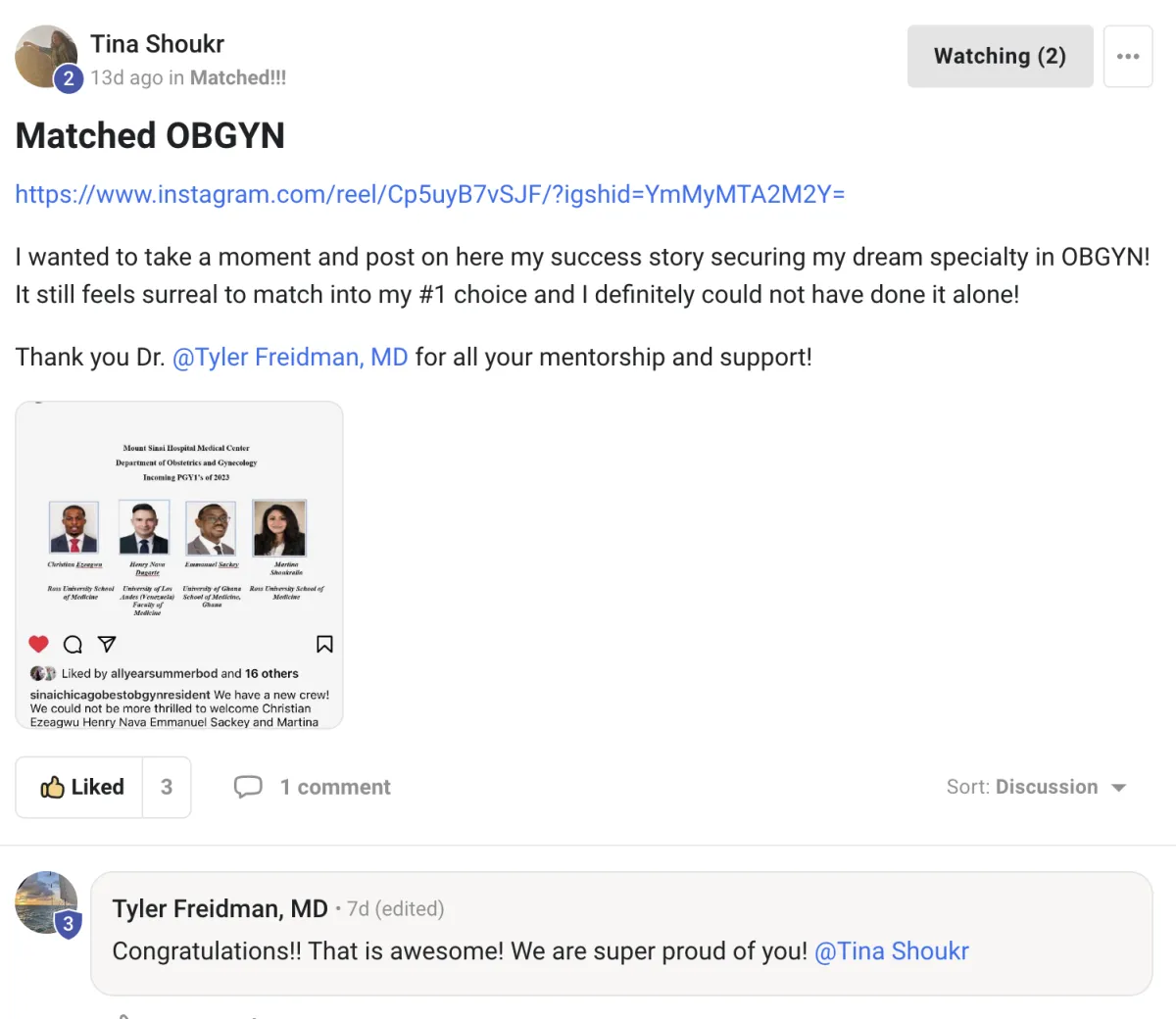VSAS
VSAS IS YOUR SUB-I APPLICATION! GET IT RIGHT THE FIRST TIME

VSAS is the system that is used to apply to sub-internships. The reason that we have dedicated a section to VSAS is simple: no one else will teach you how to use this system. Many school administrators will tell you that you need to log into VSAS and fill out your application, but no one really knows how to use it in depth, and no one has the incentive to teach VSAS to you.
This is why we dedicate this page to the VSAS program because it can also mean the difference between matching and not matching. Believe it or not sub-internships can make or break an application.
And doing well on a sub-internship could get you interviews to programs that you might not have gotten otherwise. So for a non-competitive applicant to do well on a sub-internship at a competitive program, it can mean the difference.
Applying to VSAS
VSAS has many requirements that have to be fulfilled before you can apply to a program. And many times these programs have different ways of communicating these requirements.
These requirements almost always include the following:
Letters of Recommendation
Curriculum Vitae
Immunizations (Often the rate limiting step!)
Legal documentation
Background Check
Urine Drug Screen
But the tricky part is that some programs will require you to jump through more hoops than others. And oftentimes you will be required to fulfill these pre-requisites when you are on rotations, or at other sub-internships. Some programs will have their VSAS pre-requisites on their VSAS profile. Some may not. If you want to do a sub-internship, but cannot find the physical forms to fill out on VSAS, look at the program specific website page, or call the program coordinator.
The program coordinator is your friend, and maintaining an amiable relationship with them is imperative.
During the VSAS application process and the match process
they are the ones screening applicants for interviews. Contact them and ask politely for information about a sub-internship at the institution of interest.
Urine Drug Screen:
For a urine drug screen, there will be many requirements that will need to be met in order to participate in the sub-internship. You will be tempted to do the cheapest urine drug screen available. This could include an 8 panel drug screen or a ten panel drug screen. Many times you will be tempted to get the minimum test so that you can participate in the sub-internship of your choice. We recommend that you get a 14-15 panel drug screen because ultimately, if you apply to another sub-internship that requires more than the minimum drug screen, you will be covered by extensive testing. If you get an 8 panel drug screen and your next sub-internship requires a 12 panel, you will have to repeat the test, costing you time and money. It's best to just get a large panel drug screen out of the way so that you do not have any headaches throughout this process.
Here is a link with information in regards to drug testing: https://www.healthline.com/health/10-panel-drug-test
Immunizations:
This can be one of the more difficult things to get accomplished if one of your titers happen to be low. Plan to check your immunization status a month before your sub-internship. Likely the majority of students will be immune prior to their sub-internship and this should not be an issue. But, if you do test negative for a measles titer and have to be re-vaccinated, you
will likely have to wait a month
while your immune system builds enough antibodies for you to pass your MMR titer cut-off. If you find your titers are low at the last minute, before the cut-off date of your planned sub-internship, you will not have the chance to do that sub-internship as they will not accept you with inadequate immunizations. And it is a fact that all sub-internships require your titers to be sufficient before they will accept you.
Letters of Recommendation:
Make sure to ask attendings that know you for who you are, and who have a close relationship with you. Always ask for a strong letter of recommendation endorsing you for a sub-internship. If they can't write you a strong letter; it's time to ask someone else to write the letter. There is nothing more embarrassing than having a lukewarm letter of recommendation. This could result in you not being able to participate in a sub-internship.
What Sub-Internship Should You Apply to:
This can differ depending on the competitiveness of your application and your chosen sub-internship program. We recommend that you do one reach sub-internship because it will give you exposure to a highly competitive program and could get you an interview and possibly a spot. The rest of your chosen sub-internships should be done at programs where you think you have a great chance of matching. This will allow you to save time and money, but still have a reach program which will likely be able to give you an interview and a chance of matching.
How Should You Act on a Sub-Internship:
Make sure to always be prompt, smell fresh, and be eager to learn on a sub-internship. The sub-internship has a tendency to help, but can hurt you if played poorly. Most of the program will forget your name as you leave the sub-internship, as they often have tens of dozens of sub-interns at their institution regularly. But the true power of the sub-internship is when you come back for the interview, and everyone recognizes you. You will gain clout with the program, and when they do their rank list for applicants on your interview day, you will be at the top of the list. But, if you offend even one attending, resident, or program coordinator, they can bring up issues you had during your sub-internship and take you off of their rank list accordingly. That is why it is so important to be at your best every single day while on a sub-internship. We can help you throughout this process as there are many pitfalls that people can encounter. But if this process is played perfectly, you're in.
Hear From Our Students







Facebook
LinkedIn
Youtube